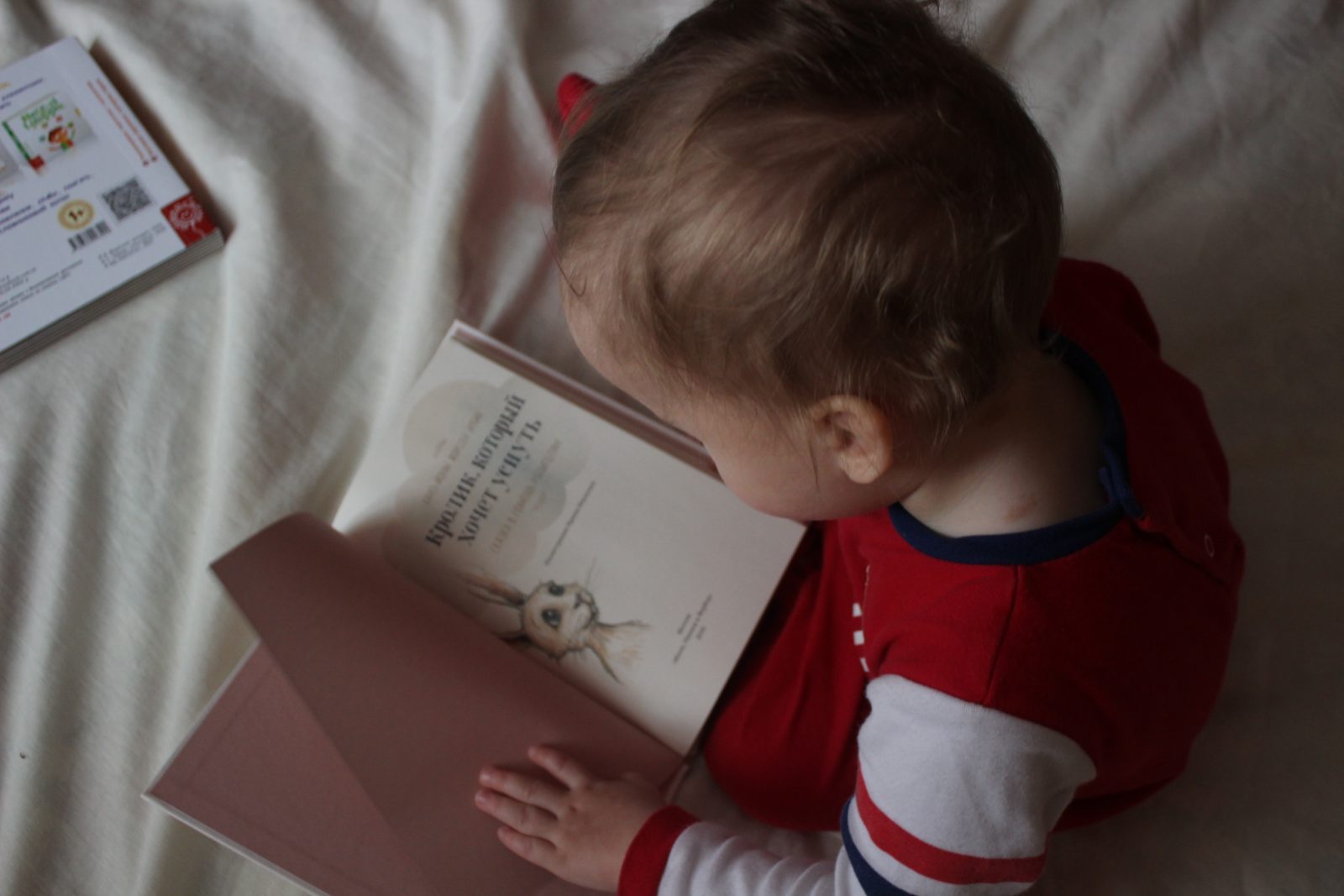 Determining the reading level is an important aspect of teaching reading.
Determining the reading level is an important aspect of teaching reading.
It makes teaching reading easy for both teacher and student.
If a child shows signs of struggling with reading, it could be that his or her reading level is not the same as the level of the assignments given to them.
This can cause panic for homeschooling parents.
The first step to tackling this problem and to match up to the correct grade level is by determining the reading level of the child.
There are several steps that can be taken when trying to determine the grade level of your child’s reading.
Step 1. Analytical Reading Assessment
You can determine your child’s reading level by first assessing his or her ability to decode words, sound them out or read them. This approach is derived from the San Diego Quick Assessment.
It is a very simple step!
Simply have your child read the following list of words from the beginning through to the end without spending more than five seconds in a word.
Then make notes as the child reads, highlighting the mistakes.
[lgc_column grid=”20″ tablet_grid=”20″ mobile_grid=”100″ last=”false”]
Pre-Kindy
too
at
met
stay
cup
chip
one
[/lgc_column]
[lgc_column grid=”20″ tablet_grid=”20″ mobile_grid=”100″ last=”false”]
Kindergarten
from
black
thin
tart
with
ship
plum
[/lgc_column]
[lgc_column grid=”20″ tablet_grid=”20″ mobile_grid=”100″ last=”false”]
1st Grade
could
which
smells
trained
sing
about
taller
[/lgc_column]
[lgc_column grid=”20″ tablet_grid=”20″ mobile_grid=”100″ last=”false”]
2nd Grade
crowd
evenly
quite
because
loud
herself
beautiful
[/lgc_column]
[lgc_column grid=”20″ tablet_grid=”20″ mobile_grid=”100″ last=”true”]
3rd Grade
brittle
dripped
explained
between
laughing
brightened
receive
[/lgc_column]
[lgc_column grid=”20″ tablet_grid=”20″ mobile_grid=”100″ last=”false”]
4th Grade
cradled
nightly
smacked
central
impaled
develop[/lgc_column]
[lgc_column grid=”20″ tablet_grid=”20″ mobile_grid=”100″ last=”false”]
5th Grade
exploded
unity
decided
boarder
fraction
behaved
weather[/lgc_column]
[lgc_column grid=”20″ tablet_grid=”20″ mobile_grid=”100″ last=”false”]
6th Grade
judge
especially
system
necessary
cordial
practical
scraped[/lgc_column]
[lgc_column grid=”20″ tablet_grid=”20″ mobile_grid=”100″ last=”false”]
7th Grade
ensure
minion
stodgy
wrestle
fragrant
gaudy
descendant[/lgc_column]
[lgc_column grid=”20″ tablet_grid=”20″ mobile_grid=”100″ last=”true”]
8th Grade
audacious
inflation
aloof
conversion
lucrative
doctrine
heritage[/lgc_column]
[lgc_column grid=”20″ tablet_grid=”20″ mobile_grid=”100″ last=”false”]
9th Grade
consciousness
ambitious
specimen
daunting
magnificence
narrative
annual[/lgc_column]
[lgc_column grid=”20″ tablet_grid=”20″ mobile_grid=”100″ last=”false”]
10th Grade
gist
foible
mannerism
sentience
solitude
vivacity
impervious[/lgc_column]
[lgc_column grid=”20″ tablet_grid=”20″ mobile_grid=”100″ last=”false”]
11th Grade
republicanism
crucible
asphyxiate
commensurate
fraudulence
lustrous
reciprocation[/lgc_column]
[lgc_column grid=”20″ tablet_grid=”20″ mobile_grid=”100″ last=”false”][/lgc_column]
[lgc_column grid=”20″ tablet_grid=”20″ mobile_grid=”100″ last=”true”][/lgc_column]
If he or she makes just one mistake or none, then you can put them at the “independent” reading level.
If he or she makes two mistakes, it is an indication that they are at the “instructional” level or that they need to be taught.
Three mistakes indicate that the reading level may be too high for the child and may frustrate them. If you are dealing with a young child, you may use your discretion to remove the higher-level word list.
During this exercise, it is not important that the child knows what the words mean – all that matters is they can read the words.
Step 2. Vocabulary Assessment
When putting together texts that you want a student to read, you want to make sure that it is not filled with words that they will struggle to read. Try to make sure that they are familiar with most of the words.
To assess your child’s vocabulary, gather several excerpts from different texts that are a little above, just below, and texts that are at the level that you think your child’s reading should be.
It helps if you let the child know that some of the texts will be easy, and some might be a little hard, then encourage them to underline words that they do not understand. It also helps if you read the text along with them.
Work your way up from the lowest level to highest. Take note of when the child starts underlining the words because it is how you will know that the passage is difficult.
Step 3. Comprehension Assessment
A child’s ability to read an entire passage may not necessarily mean that he or she understands every word. A comprehension assessment will allow you to gauge your child’s level of understanding with a complex story.
To effectively check for comprehension, select a 3-minute assessment that is a few levels below where you think your child should be and ask him or her to read the passage.
To know if your child really understood the passage, ask him or her to tell you what the passage is about. He or she does not have to include every single detail of the passage, but you can score his or her response from 0-3, where 0 means “I don’t know at all” and 3 representing a good summary of the passage.
There should be no cause for panic if your child is reading below his or her grade level.
Provident them with reading materials that they can read easily will boost their confidence, and they want to keep practicing in order to improve their reading skills.
Trying to force them to read at a level well above their grade will only lead to frustrations from both parties.



